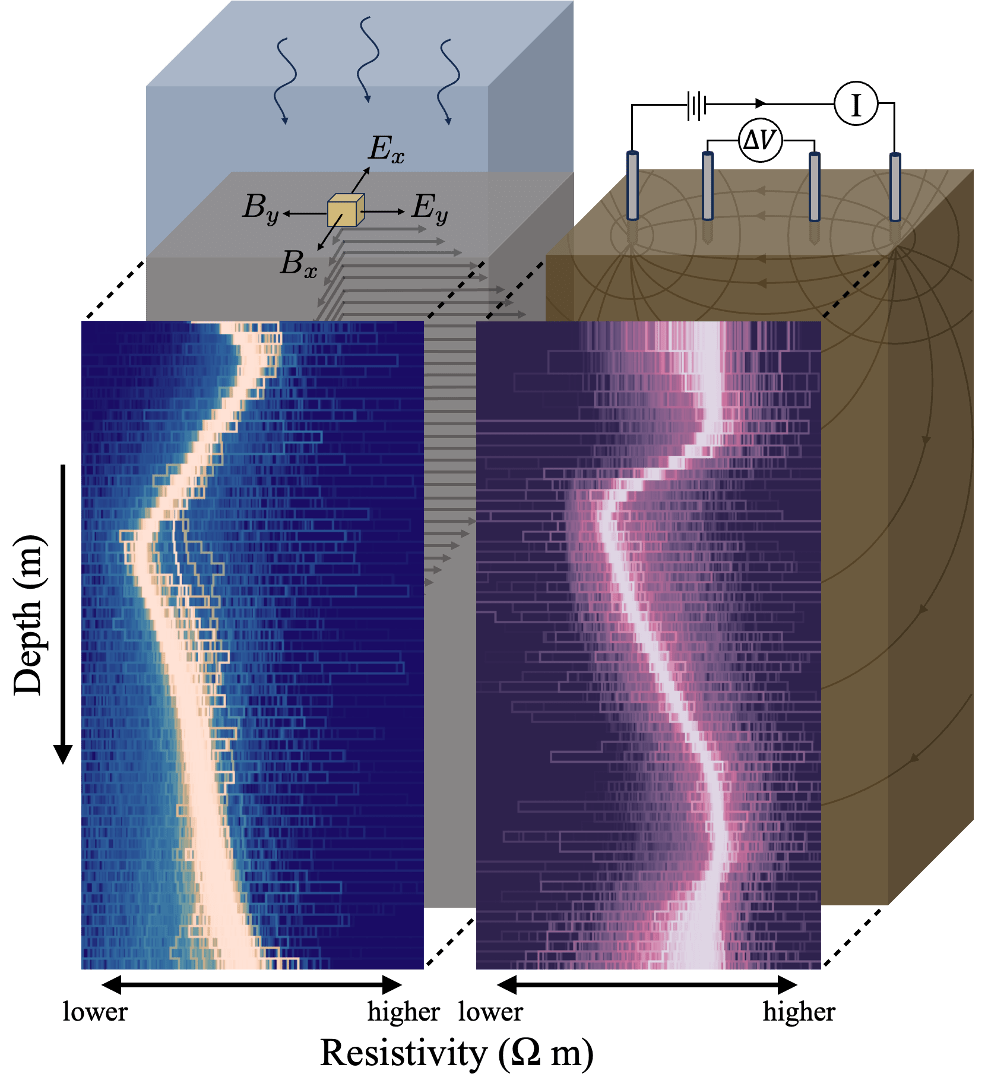14:00 at NERSC Copernicus lecture room.
Talk by Anton Korosov (NERSC).
Abstract
Internal stress in sea ice emerges as ice moves and deforms under the influence of winds and ocean currents. In sea-ice models, the internal stress is calculated by rheology equations. Free parameters in these equations are either measured in situ or arbitrarily chosen such that the simulated ice motion and deformation resemble the observations. Some of these parameters are still poorly defined and need further tuning to simulate sea ice dynamics accurately.
We developed a new method for tuning sea ice rheology parameters, which consists of two components: a new metric for characterising sea ice deformation patterns and an ML-based approach for tuning rheology parameters. We applied the new method to tune the brittle Bingham-Maxwell rheology (BBM) parametrisation, which was implemented and used in the next-generation sea-ice model (neXtSIM). As a reference dataset, we used sea ice drift and deformation observations from the Radarsat Geophysical Processing System (RGPS).
The metric characterises a field of sea ice deformation with a vector of values. It includes well-established descriptors such as the mean and standard deviation of deformation, the structure-function of the spatial scaling analysis, and the density and intersection of linear kinematic features (LKFs). We added more descriptors to the metric that characterise the pattern of ice deformation, including image anisotropy and Haralick texture features. The developed metric can describe ice deformation from any model or satellite platform.
In the parameter tuning method, we first run an ensemble of neXtSIM members with perturbed rheology parameters and then train a machine-learning model using the simulated data. We provide the descriptors of ice deformation as input to the ML model and rheology parameters as targets. We apply the trained ML model to the descriptors computed from RGPS observations. The developed ML-based method is generic and can be used to tune the parameters of any model.
We ran experiments with tens of members and found optimal values for four neXtSIM BBM parameters: scaling parameter for ridging (~ 5.1 KPa), cohesion at the reference scale ( ~ 1.2 MPa), internal friction angle tangent (~ 0.7), ice–atmosphere drag coefficient (~ 0.00228). A NeXtSIM run with the optimal parametrisation produces maps of sea ice deformation visually indistinguishable from the RGPS observations. These parameters exhibit weak interannual drift related to changes in sea ice thickness and corresponding changes in ice deformation patterns.



